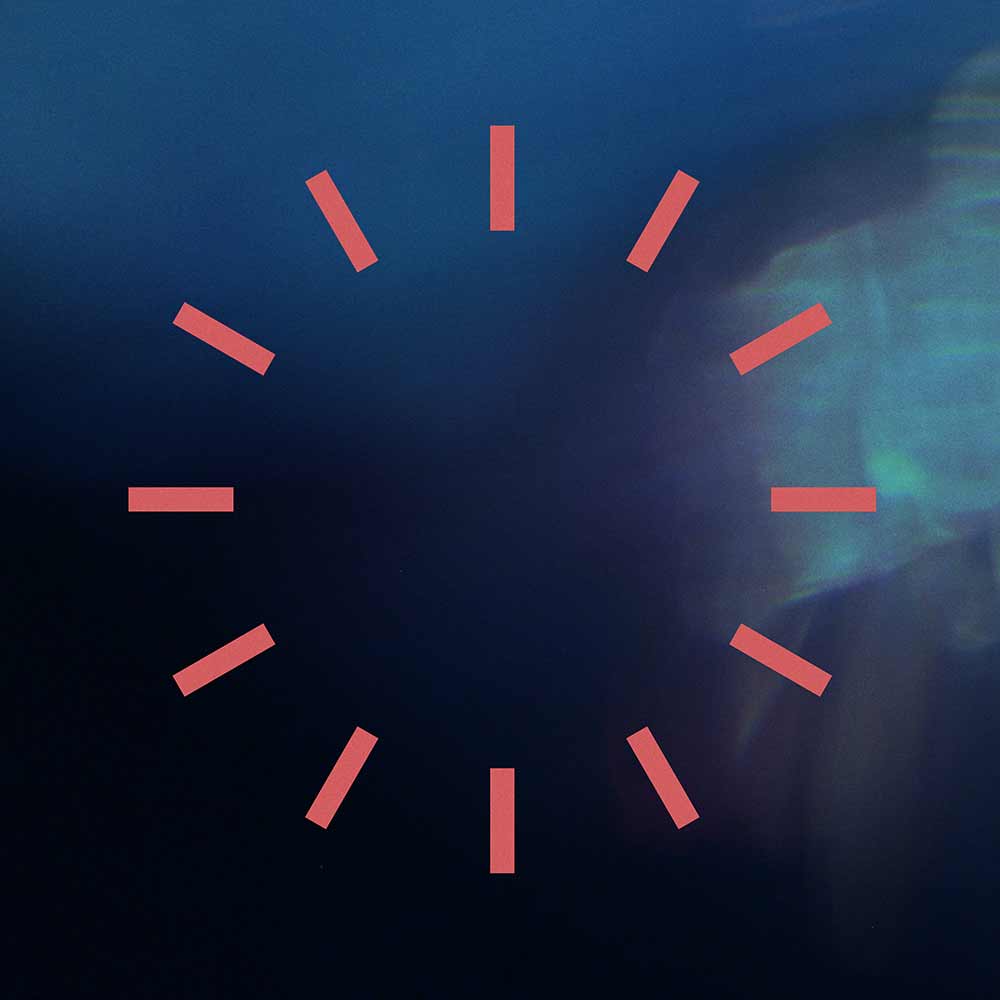
Superposition: Live

RISING WATER
From the rippling machinations of Wavemaking to Here Comes the Lantern's ominously gathering drone and the choppy torrents of Shelter in Noise this album mediates on the complex nature of water: its drama and threat, as well as its textures, harmonics and tones.
In early March of 2022, Fairless' hometown of Meanjin (Brisbane) experienced a 'rain bomb' which saw more rain fall on the city in three days than London receives in a year. It was a phenomenon so dramatic and unprecedented experts struggled to describe it, a 'tsunami in the sky' it was called, an 'atmospheric river'. The skies above Brisbane contained more water than 16 Sydney Harbours The Guardian explained!
This bomb produced another record breaking flood, the second in recent memory. In the 2011 disaster Fairless's studio was flooded, irreplaceable instruments floating on the currents. In the rain bomb he was both better prepared and luckier with water surging up his street but not entering his home.
It is this context which has produced Rising Water, a release which demands we see the beauty, textures and harmonics of water in the context of climate change. It enchants, terrifies, creates and destroys.
Rising Water was released on Flaming Pines, and received radio play on BBC3, 4ZZZFM and FBi.

SUPERPOSITION
The companion EP to Rising Water features a live recording of the work.
Following the release of the album, it was performed twice at KEPK in Meanjin. The first show was in-the-round and supported by Flora Wong and Lou Janssen. Sound was set from 4 channels in the corners of the room, and new album-themed animations were projected across the space so both audience and performer had the same experience. The second show was a visual treat, with the projectors split by a screen and a curved wall. The second show was with Mekema, Unregistered Master Builder, and Madeleine Cocolas.
The second show was filmed for the Superposition Concert Film. Take a look.
REVIEWS & PRESS
The album was enjoyed by Peter Hollo, who premiered Wavemaking on Utility Fog, who wrote:
Brisbane artist Timothy Fairless graced us with the remarkable album Common Electric Glare last year, combining industrial drone with acoustic instruments in unusual ways. New album Rising Water is in some ways more adventurous, however. In the wake of the horrific flooding across Queensland and Northern NSW last summer, Fairless composed this suite of three long tracks entirely using the sounds of glasses filled with water. And while there are lots of gorgeous wobbling, warping submerged drones, there is also the clatter & crash that reminds us of the implacable destructuve power of water. A powerful & engrossing work.
The album was reviewed in depth by Chris Cobcroft for 4ZZZ FM's new releases show:
I guess it's weird, judging an ambient record on its themes in a way that feels… almost like it's a moral question; but these sounds hit us exactly where we live. It's undeniably impressive, working from such an abstract palette, Fairless achieves such a visceral recreation of the sounds and rhythms of the natural world
Read the full text of Chris' review down here.

Studio Flood 13.01.2011

Studio Flood 13.01.2011

Session 22.06.2019

Album Launch 30.06.2022
Photograph by Thomas Oliver

Album Launch 30.06.2022
Photograph by Thomas Oliver

Album Launch 30.06.2022
Photograph by Thomas Oliver

Album Launch 30.06.2022
Photograph by Thomas Oliver

Album Launch 30.06.2022
Photograph by Thomas Oliver

Album Launch 30.06.2022
Photograph by Thomas Oliver
4ZZZ RADIO NEW RELEASES SHOW
An insightful and detailed review by Chris Cobcroft, who did his homework well
On air and online 27th May 2022
Ambient music has a reputation -more or less fairly earned, who can say?- for being, at times, like aural wallpaper. Soundscapes full of intellectual pretensions and not a whole lot else. I can't imagine this is an accusation I will ever be able to level at Timothy Fairless, a Meanjin/Brisbane composer whose already lengthy career has featured numerous releases that fall, at least partially, under the umbrella of the genre, but no two of which are very much alike. From scapes rent asunder by post-rock crescendos and doomish guitars, to wholly synthetic, dark ambient horrors, whatever sounds you've heard from Fairless before, don't expect them now. If there is pretension on his latest, it comes from being a concept record twice over, but, as in the past, he makes a fairly good case for it again, on "Rising Water".
It comes off the back of another piece, released just two months ago, a multidisciplinary work with a title relatable to anybody from Australia: "It's Both The Heat And The Humidity". The cleverly treated field recordings are a cut above what a lot of artists manage to achieve in that regard: a kind of hyper-real evocation of the Australian landscape, bonded with more synthetic, ambient sounds. Fairless used these as a fairly private and inscrutable way of exploring his own memories and queer identity, which is not half so obvious as the Australiana on display.
It turns out that he's got more to say about the unique environment of the great southern land, returning to it only a month later, on "Rising Water". The title is exactly as topical as you're imagining, but approaches the subject matter in a way you're probably not. Thanks to La Niña and climate change in particular, many of us are more familiar than we'd like to be with water in its many forms, but Fairless is chancing his arm and invoking the elements once more. As he puts it: “Rising Water is steeped in the storms, floods and downpours of the sub-tropics.” He makes a point of noting that beyond the menace of nature there is beauty too and sets about trying to convince us of that.
That's where the record's second concept kicks in: the whole thing is played on glasses of water. If you're running for the hills at this point, I could hardly blame you. If I'd been asked, I don't think I could have imagined that idea in a way that wouldn't make furrows appear in my brow. Yet hear the chimes and harmonics of opener "Wavemaking" and judge for yourself. To my ears it sounds closer to a Gamelan than anything else; a brittle and bright one and the more beautiful for it. It also does a fine job of recreating the sensations of undulating waters in a way that is simultaneously entrancing and somehow, slightly ominous.
The record's middle stretch, "Here Comes The Lantern", is more languid, by design. In my mind it's the floodwaters at their peak. Turgid brown liquid eddies in the twelve minutes on offer, broken by brief, percussive flurries of rain and what may be an impression of an approaching outboard motor. It may be longer than you want to experience the queasiness of these sounds, especially if you lived the experiences depicted, but I'm pretty sure that's at least part of the intention. Closer, "Shelter In Noise" is, of course, the hammering rain and it's like lying in bed as a summer storm roars across the sky. Is this a comfortable sensation of being dry and protected, cradled by noise, or is it claustrophobic and the herald of oncoming destruction? I lean towards the former, but then, I didn't get flooded a couple of months ago.
I guess it's weird, judging an ambient record on its themes in a way that feels… almost like it's a moral question; but these sounds hit us exactly where we live. It's undeniably impressive, working from such an abstract palette, Fairless achieves such a visceral recreation of the sounds and rhythms of the natural world. In a way it's difficult to say whether you're hearing the menace and beauty of a piece of music, or like the waters lapping at the doorstep, the inescapable sound of the encroaching world itself.